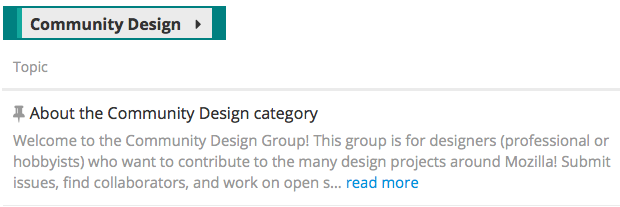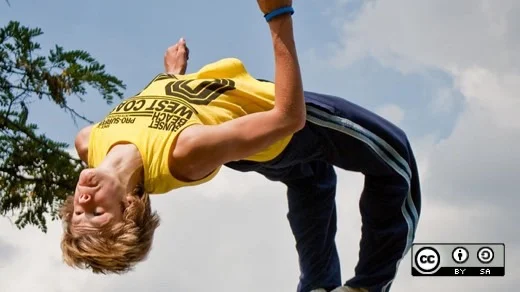One would think that with the popularity and success of free and open source software (FOSS) in recent years, there would also be an emerging model for contributor engagement and retention. One might even imagine a participation standard exists—improved through an ongoing collaboration of projects invested in sharing best practices over years. Yeah no.
There are millions of open projects on GitHub (and beyond). Those with apparent goals for contributor engagement form a mottled ecosystem of siloed projects, solving for the same participation problems, over and over again. This maddening state of replication is contrary to the ethos of open.
As part of my personal goals to contribute to 10 FOSS projects this year, I've been reminded of just how perilous the journey to that first pull request is. The time I spend evaluating project accessibility for participation often eclipses the time I spend on the contribution itself. More often than not, I get an hour or two into assessment and give up—outdated documentation for environment builds, silent communication channels—indifference. Blarg.

Image by cordyceps, CC BY 2.0
Every time I step into a new community project, I feel like Bilbo Baggins beginning the journey to the other side of Mirkwood. This isn’t nearly as fun or rewarding as I had hoped it would be. But I see a light! I see a different way of thinking about participation that challenged me to think beyond standards, beyond a dream of participation pipelines between projects.
The Mozilla Design Community project is a new contributor-led initiative supported by the Participation Team at Mozilla, building a core-team of volunteer designers interested in lending their skills to Mozilla projects. This group isn't spending time wading through a landscape of endless project tasks lists for that one opportunity. Instead, they're building the opportunity for projects to get involved with them. They’re building the community they want to see in the world.
Success so far has been inspiring. The resources this team is creating are being leveraged by community groups and projects alike. I've been starting to think of it as a flipped contribution.

Flipped Contribution Model
The Flipped Contribution model is one of participation, that removes the project as the center of participation design and instead focuses on developing a strong, skill-set-specific, contributor-led community serving multiple projects.
The potential
- Task design and standards for contribution requests are designed and maintained by the community.
- Skill-focused communities help contributors more easily match their skills to reach personal goals through peer support.
- Community leadership by community builds in accountability for project and volunteer.
- First-time volunteers connect community faster—a proven influence in helping people reach their 2nd and 3rd contribution.
- Single source framework for contributors and projects provides real opportunity for reputation-building and match-making.
Considerations
- How does a Flipped Contribution community work with a project to help them be more successful in requesting and getting help?
- How can mentorship opportunities for contributors and project leads be established?
- How might a community like this help people build meaningful portfolios?
- What influence can projects have in the health of flipped communities?
- How would a flipped community for design be different than one for JavaScript developers, for QA, for educators?
- What can we leverage from L10N, arguably already using this model?
- What UI layer could we place on top of Flipped community Github task Repo to allow for registration of volunteers, projects and in support of portfolio building - that can really push forward this model of participation?
So, there's lots to learn, but I’m excited about thinking in different ways about how we can bring together opportunities for volunteers and quality help for projects with missions we care about.
In the next couple of months I'll be experimenting a bit more with this flipped model for education contribution at Mozilla, and will report back on what we learn. If you would like to get involved with the Community Design Group, you can read Elio's post.




3 Comments